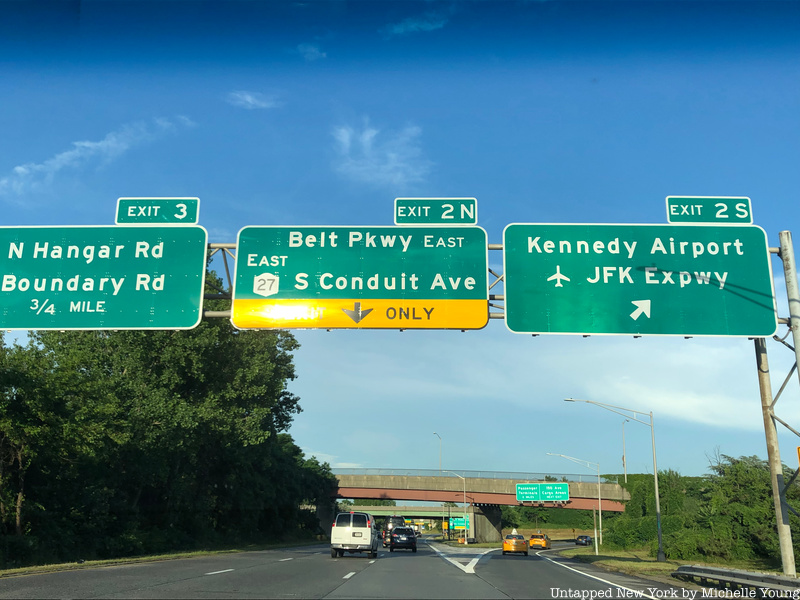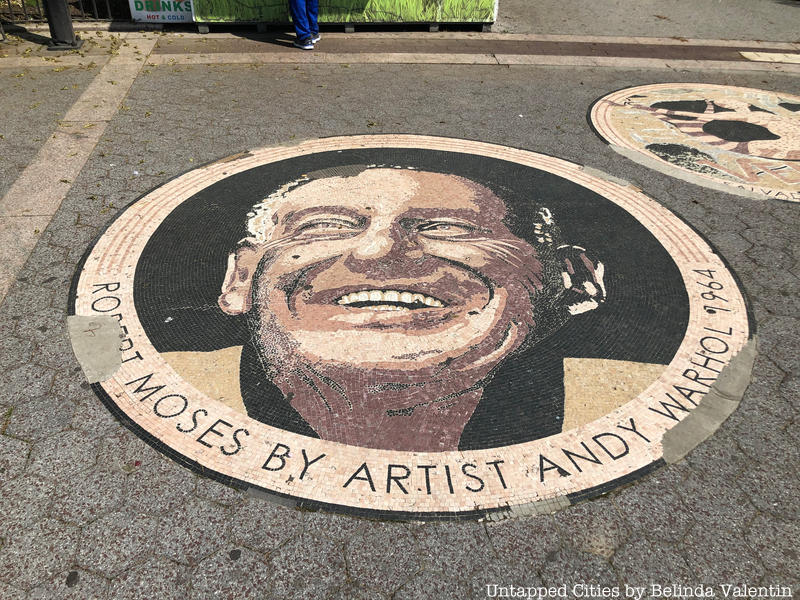
The Belt Parkway has likely caused many New Yorkers great frustration. Bumper-to-bumper traffic especially by JFK Airport has delayed many trips and aggravated commuters. Yet the Belt Parkway also has plenty of secrets and rich history that might turn road rage into fascination. The original idea of the Belt Parkway was actually a system of parkways, many of which exist today like Grand Central Parkway and Whitestone Parkway, but today the Belt Parkway is a 25-mile stretch. To build the Belt Parkway, much of the Jamaica Bay area was infilled, which subsequently caused extensive flooding and damage during Hurricane Sandy. The Belt Parkway, though, helped pioneer new technology and the development of many of the city’s parks and green spaces. Here are ten secrets of the Belt Parkway, which connects Bay Ridge, Brooklyn with Laurelton, Queens.
1. Robert Moses proposed the Belt Parkway

The Belt Parkway was proposed by Robert Moses on February 25, 1930, to provide highway access to Manhattan and to connect to parkways already constructed on Long Island and Westchester County. The Regional Plan Association previously planned a “Metropolitan Loop” that would connect the five boroughs, and alongside the Belt Parkway, others proposed as part of the loop included the Cross Bronx Expressway and the Staten Island Expressway. The Belt Parkway was originally referred to as “Marginal Boulevard,” and it was inspired by Frederick Law Olmsted as a route allowing for closer integration of outlying city areas. Construction began in 1934, and it was opened on June 29, 1940.
Along the Belt Parkway, Moses planned a series of “ribbon parks” similar to those found on the Long Island parkways. These ribbon parks were large areas landscaped like a park and Moses ordered for the construction of playgrounds and walkways along the parkway. Moses believed that controlled-access parkways would allow for efficient traffic flow and residential growth. The parkway skirts 26 park areas including Owl’s Head Park, Dyker Beach Park and Golf Course, Marine Park and Canarsie Beach Park.





